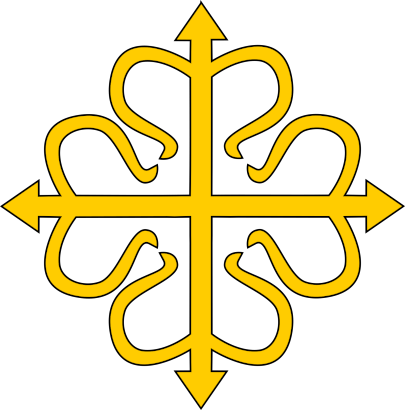Hello, Calontir! So yesterday at the CalonCon Steel meeting, we discussed the Reduced Armor experiment. That is live! It also ends August 15th! It is a short form experiment that we only just got added to, so I understand we don’t have a lot of time to get data. If possible, I’d really love as many people who are willing/able to join do so! If you would like to join the experiment as either a fighter or marshal, and have been authorized as a fighter for at least six months or are a warranted marshal, please contact me either here or Steel@calontir.org. I’ll make sure to get you on the list, but will need your sca/mundane name, and personal email address.
Here’s the link to the program document:
https://scaorg-my.sharepoint.com/:w:/g/personal/rapier-experiment_sca_org/ETmFdG3afeBMutB2iKpIarUBrYpGIutrsrht9P54cCpXJQ?rtime=pbxddlyY3Eg
But also the important details picked out of the document:
“This experiment is designed to test the safety of reducing armor requirements in Cut & Thrust. We will track number of passes, weapon type, if there were any injuries, weather conditions, and notes/comments from the reporting fighter. This program will run until August 15th, 2024. At that time a determination will be made to see if we will convert the program to proposed rule changes in the Fencing handbook, a program extension for more data points, or termination of the program due to safety issues.
Fighters must submit a report after every event or practice in which they participate in reduced armor activities at Reduced Abrasion Resistant Armor for C&T Combat.
-
Limbs (arms, legs including feet) may be covered by abrasion resistant material if the fighter prefers but is not required.
-
Exceptions
-
The inner arm down to 4” (10 cm) below the armpit, are to be covered by penetration resistant material.
-
The groin must be covered with penetration resistant material.
-
The armor as worn must cover these areas regardless of the fighter’s position (standing, prone or on the ground).
-
Additional limb requirements for Cut and Thrust Combat
-
Elbows must be protected by a minimum of a resilient padding at least 1/8” (12 mm) thick.
-
The backs of the hands, including fingers and 1” (2.5cm) above the bend of the wrist must be covered by 1/4″ (6 mm) open cell foam or equivalent resilient padding.
-
If at least one combatant is using a two-handed metal weapon in Cut & Thrust Combat, then the backs of the hands, including fingers, and 1” (2.5cm) above the bend of the wrist on the back half of the forearm must be covered by rigid protection with sufficient coverage to prevent a reasonable percussive blow from contacting the bones of the hand and wrist.
A marshal designated for this activity must be present for this activity to take place. The marshal must be authorized to marshal Cut & Thrust Combat.
-
Fighters need to report in a timely fashion. Failure to report participation in the program is grounds for removal from the experiment.
-
Participants need to consistently collect honest and complete data, and report all injuries which break skin or draw blood.
-
Participants are required to disclose they are part of the experimental program when they sign up for a tournament or melee (where allowed by kingdom policy).
-
Fighters may refuse to fight someone wearing reduced armor, without penalty. It will be on the individual wearing reduced armor to either armor to society standards or yield the fight.
The goal is to have fighters expose skin, on a large number of occasions, so that a statistically significant number of injuries could be recorded, and we can classify their severity. Analysis will include reporting the frequency of injuries vs their severity, relative risk to exposed skin on arms and legs, and variance among different weapons being used throughout the known world. Data will be collected monthly from all participants, and all injuries requiring professional medical attention will be reported and evaluated immediately. Participants will be requested to give narrative feedback on their personal experiences on the reporting form.
Specific metrics will track:
-
Location/conditions
-
Number of tournaments, practices, and passes fought with arms exposed
-
Number of tournaments, practices, and passes fought with legs exposed
-
Number of tournaments, practices, and passes fought with feet exposed
-
Weather conditions
-
Weapons form
-
Injuries
-
Frequency, location, and any armoring of injured areas:
-
For injuries that break skin, but do not require medical attention
-
For injuries that require medical attention, but do not require stitches
-
For injuries that require stitches
-
Injury rates by fighter practice, to look for regional variation
Exceptions
Reports of more serious injuries, which include all injuries that require hospitalization or similar care, include a period of unconsciousness, or may require complex medical care. These injuries need to be reported to the Kingdom Fencing Marshal within 24 hours of the incident. Include all available details in the report. In turn, the report must be forwarded to the Society Fencing Marshal within 48 hours.
